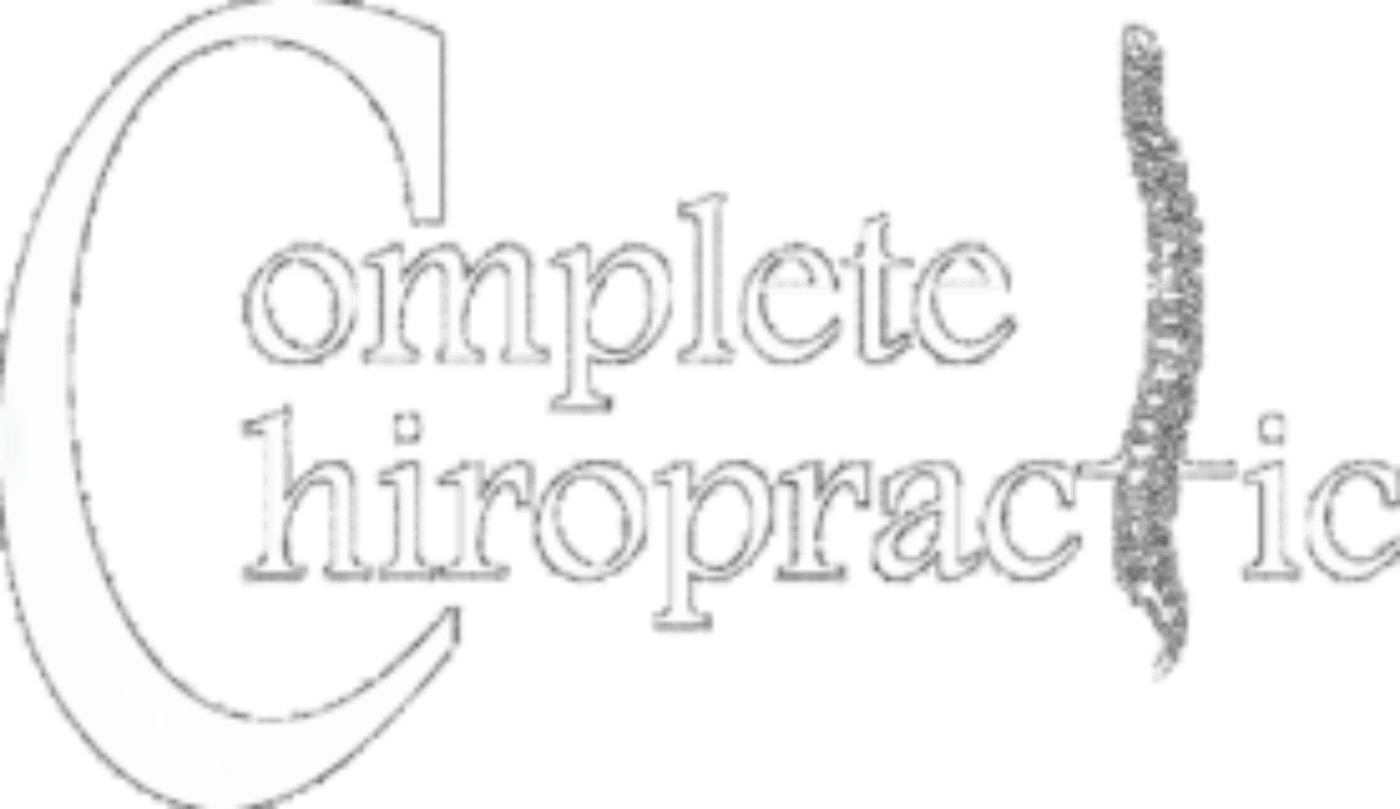 Study shows Significant Improvement when adding Chiropractic to medical care for acute low back pain.
Study shows Significant Improvement when adding Chiropractic to medical care for acute low back pain.
“73% of participants in the SMC plus CMT group rated their global improvement as pain completely gone, much better, or moderately better, compared with 17% in the SMC group.” (SMC= Standard Medical Care, CMT = Chiropractic Manipulative Therapy)
- Goertz CM, Long CR, Hondras MA, Petri R, Delgado R, Lawrence DJ, Owens EF, Meeker WC. Adding chiropractic manipulative therapy to standard medical care for patients with acute low back pain: results of a pragmatic randomized comparative effectiveness study. Spine, 2013 Apr 15;38(8):627-34.
from Dynamic Chiropractic
This study compared standard medical care to standard medical care plus chiropractic manipulative therapy, with SMC including “any or all of the following: a focused history and physical examination, diagnostic imaging as indicated, education about self-management including maintaining activity levels as tolerated, pharmacological management with the use of analgesics and anti-inflammatory agents, and physical therapy and modalities such as heat/ice and referral to a pain clinic.”
Patients who received CMT as well as SMC “were scheduled for up to 2 visits weekly with a doctor of chiropractic (DC) for a period of 4 weeks. The initial visit with the DC included a focused history and physical examination and diagnostic imaging as indicated. Treatments consisted of HVLA manipulation as the primary approach in all cases, with ancillary treatments at the doctor’s discretion.” Progress was measured at both two weeks and four weeks, with results summarized by the study authors as follows:
- “Mean RMQ (Roland-Morris Disability Questionnaire) scores decreased in both groups during the course of the study, but adjusted mean scores were significantly better in the SMC plus CMT group than in the SMC group at both week 2 ( SMC adjusted mean 12.9 vs. 8.9 for SMC+CMT) and week 4 (SMC adjusted mean 12.0 vs. 8.0 for SMC+CMT).”
- “Mean NRS (numerical rating scale) pain scores were also significantly better in the group that received CMT. (SMC 6.1 vs. 3.9 for SMC+CMT at week 2 and SMC 5.2 vs. 3.9 for SMC+CMT at week 4).”
- “Adjusted mean Back Pain Functional Scale scores were significantly higher (improved) in the SMC plus CMT group than in the SMC group at both week 2 (SMC 32.9 vs. SMC+CMT 42.9) and week 4 (SMC 35.3 vs. SMC+CMT 43.0).”
- “Seventy-three percent of participants in the SMC plus CMT group rated their global improvement as pain completely gone, much better, or moderately better, compared with 17% in the SMC group.”
- “The mean satisfaction with care score on a 0 to 10 scale for the SMC plus CMT group was 8.9 at both weeks 2 and 4; the mean for the SMC group was 4.5 at week 2 and 5.4 at week 4.”
Abstract is below.
Study Design. Randomized controlled trial.
Objective. To assess changes in pain levels and physical functioning in response to standard medical care (SMC) versus SMC plus chiropractic manipulative therapy (CMT) for the treatment of low back pain (LBP) among 18 to 35-year-old active-duty military personnel.
Summary of Background Data. LBP is common, costly, and a significant cause of long-term sick leave and work loss. Many different interventions are available, but there exists no consensus on the best approach. One intervention often used is manipulative therapy. Current evidence from randomized controlled trials demonstrates that manipulative therapy may be as effective as other conservative treatments of LBP, but its appropriate role in the healthcare delivery system has not been established.
Methods. Prospective, 2-arm randomized controlled trial pilot study comparing SMC plus CMT with only SMC. The primary outcome measures were changes in back-related pain on the numerical rating scale and physical functioning at 4 weeks on the Roland-Morris Disability Questionnaire and back pain functional scale (BPFS).
Results. Mean Roland-Morris Disability Questionnaire scores decreased in both groups during the course of the study, but adjusted mean scores were significantly better in the SMC plus CMT group than in the SMC group at both week 2 (P < 0.001) and week 4 (P = 0.004). Mean numerical rating scale pain scores were also significantly better in the group that received CMT. Adjusted mean back pain functional scale scores were significantly higher (improved) in the SMC plus CMT group than in the SMC group at both week 2 (P < 0.001) and week 4 (P = 0.004).
Conclusion. The results of this trial suggest that CMT in conjunction with SMC offers a significant advantage for decreasing pain and improving physical functioning when compared with only standard care, for men and women between 18 and 35 years of age with acute LBP
